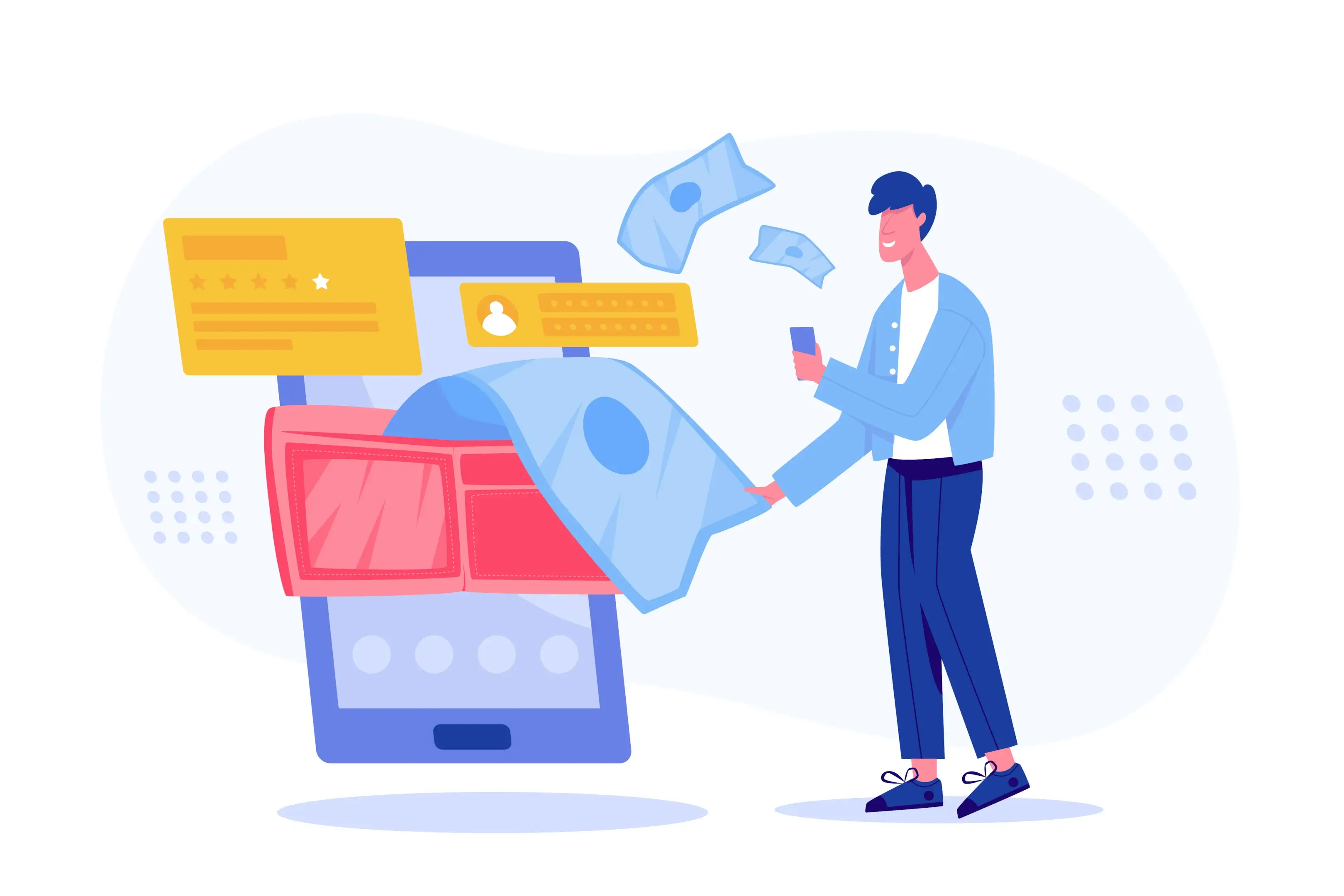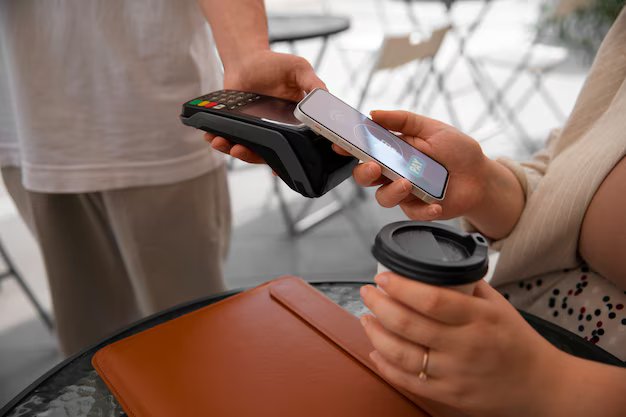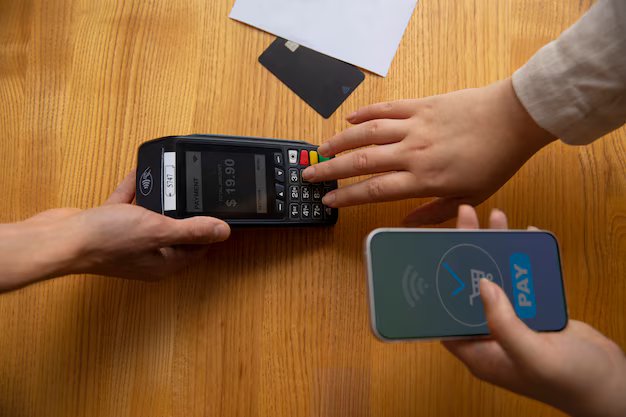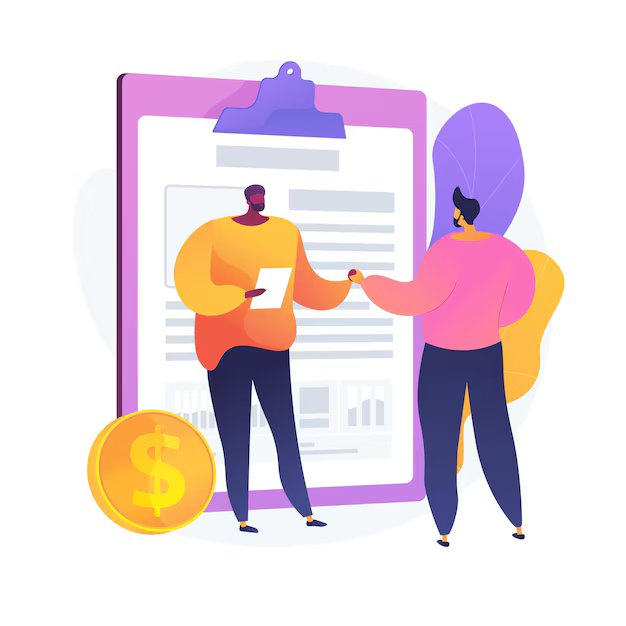How To Request That Your Clients Make A Partial, Upfront Payment
Do you ever find yourself getting nervous when it comes time to send your clients the invoice number for your freelancing, especially when discussing payment terms or the payment deadline? You might be worried about asking for upfront payment, as new clients might be hesitant about this.
Asking for partial payment upfront is also one of those things that's easier said than done—but with the right payment request email template, it doesn't have to be! In this blog post, you will understand how to request that your clients make a partial upfront payment.

What is a partial payment?
When you're tackling a substantial project with a significant financial commitment, you might consider enabling partial payments or requesting an initial deposit. This approach allows you to maintain operational liquidity as the project progresses.
A partial payment refers to any payment made that is less than the full amount due on an invoice, especially useful for covering late payments. It represents a portion of the remaining balance, gradually reducing the debt owed. Unlike fixed scheduled payments, partial payments can vary in amount and do not adhere to a rigid payment schedule, though they should still respect the agreed due date.
Example of a partial cellular payment:
Imagine a client owes you $100 but cannot settle the full amount immediately. You could allow them to pay upfront a smaller sum, say $50, as a gesture of good faith. The rest of the payment can then be completed with the next invoice. Additionally, requesting a deposit at the beginning of large projects can significantly improve cash flow.
To manage these transactions smoothly, utilize a dedicated payment page on your website where clients can easily make and track their payments. Regular payment reminders can be sent through a payment reminder email, ensuring clients are kept informed of upcoming or missed due dates and providing essential payment details. This system helps streamline how you collect payments, keeping the financial aspects of your projects well-organized and transparent.
Why Asking for Partial, Upfront Payment is Better?

Although there are benefits to charging full payment upfront, this approach might lead to overdue invoices and create complications. Some clients might become iffy about this or back out of the deal entirely. Especially so if they are new and you have yet to build up trust with them.
So instead, offering a partial, upfront payment is a compromise that will ease both you and your client’s worries. Contrary to receiving your paycheck stub, receiving an invoice may cause feelings of dread to well up inside you. So it's no surprise why some clients feel hesitant about upfront payments at times.
Still, upfront payments are the best financial assurance you have as a freelancer or small business owner. Sometimes, securing a partial upfront payment is necessary to ensure a consistent cash flow before you can begin working on the entire project. A partial, upfront payment provides you with the reassurance that the remaining balance will be covered, and the project will be paid for in full.
It also provides your client the reassurance that you will see the project through. Upfront payments also help you maintain a reliable payment method and improves cash flow to cover the project’s costs as you're working on it.
What does upfront payment mean?
Upfront payment is a type of transaction in which the consumer makes a deposit or complete payment for a service that has yet to be provided. As a freelance designer or copywriter, for example, you could request a partial payment/deposit for your services before delivering the completed result.
Upfront transactions are employed in a variety of industries. They have shown to be especially beneficial in the freelancing economy. According to a Freelance Union poll, over 71% of freelancers struggle to get paid.
According to the same survey, underpaid freelancers lose $6,000 each year on average. Adopting an initial deposit system is one of the few methods that can assist freelancers in receiving cash. It deters shady clients while increasing the commitment of any new clients.
However, solopreneurs and freelancers must exercise caution while utilizing the upfront payment scheme. For example, requesting full upfront payment for a large project is dangerous. Depending on the job, this just serves to scare away potential clients.
As a result, you must devise an upfront payment mechanism that benefits both sides. For most projects, a specific payment plan involving a percentage of the total bill upfront works well.
When an upfront payment is required and how to get one?

You are not required to request upfront fees for every project. In some cases, it makes more sense to begin the project before seeking money. For example, for minor jobs costing less than $100, it is usually prudent to complete the project first before billing the client.Similarly, due to the bureaucratic structure of such enterprises, collecting a deposit from a Fortune 500 company can take a long time.
As a result, you may end up wasting too much time waiting for the payment, leaving you with an even shorter timetable to complete the project. In such instances, due to the risk of unpaid invoices, you're better off working on the job without a payment upfront. Furthermore, because you're working with well-known organizations, you can be confident that they'll honor your contract.
When working on huge projects such as copywriting books, developing sophisticated software or applications, executing SEO campaigns, and so on, it is best to request upfront payment.Such projects necessitate a significant amount of labor from you, which is why you require some type of commitment from the client.
How to ask about upfront payment
However, it is critical to ask for the initial payment judiciously. To begin, you can request a particular proportion of the total amount. Most freelancers stipulate in their payment structure a requirement for a 25% to 50% partial payments as partial upfront payment. A client who invests so much money up front is more likely to complete their contract.
If they do not, you will not lose as much money as if you worked without a deposit.Another method is to divide the project into several portions. For example, if you're producing material for an eCommerce site, you can divide the task into portions.
Similarly, a web design project or software development process can be divided into phases. Then, for each component, request that the client pay in advance.Not every client will be willing to pay in full before viewing the finished result. If this is the case, request payment in advance for the first two phases of the job and have it completed.
How to Request a Partial, Upfront Payment From Your Clients?

Now that you understand the benefits of asking for an upfront payment from your clients, here are some helpful tips on how you can successfully request this:
1. Establish Your Fees
Having set fees for your work or services is extremely advantageous. It lets clients know how much they should be expecting to pay. It also lets you know exactly how much you'll be receiving throughout the project. This also helps minimize the risk of a client backtracking on the deal.
Once you have set your fees, you can create multiple upfront payment options and include them in your proposal. Having various payment choices available to clients makes it easier for them to choose an option that works best with their budget.
2. Explain the Scope of the Project to Your Client
Discussing with your client the scope of the work will help convince them to pay upfront as they learn about the amount of time, effort, and materials that will go into the project. Clients won't need to worry about unexpected charges popping up during the project, given information about the work involved.
In addition, providing an itemized list with all expenses included helps ease client concerns by letting them see exactly where their money is going.Suppose your work uses a lot of professional jargon, and you're worried that your client may not fully understand how difficult the task is.
In that case, you can opt to tell them how much time you've spent on previous projects that are similar to the one they're commissioning now. Explaining why you're using specific materials for the project and why they're priced as such can also help them further understand the need for upfront payment.
You can even use the amount of experience you have as another point, whether it's the number of projects or clients you've had or years you've spent studying or being in the industry.
3. Provide Reviews, Testimonials, or Customer Feedback
Social proof is a great way to showcase your reputation. If you have positive reviews, testimonials, or a social media following that can vouch for your work, this is another way to help convince clients to pay upfront. If they see that other people are satisfied with your service and the quality of it, then they know there's no reason not to trust you as well.
Include customer feedback on your website and social media platforms for prospective clients to view. Make sure they include the name of the company or client you've worked for, as this provides transparency and makes the feedback more trustworthy.
4. Get to Work Once You Receive Payment
Because of the financial security upfront payments provide, especially as a freelance professional or small business owner, you can also consider letting your clients know that you don't start projects unless deposits are made first. This is where having multiple payment options comes in handy as well.Once you have received the partial, upfront payment from your client, you can begin working.
You can remain professional and provide your client with updates about the project's completion through payment request emails from time to time as well. When the project is complete, be sure to send the final invoice to your client right away. This can be made easier using online invoice generators.[embed]https://www.youtube.com/watch?v=wv0PSlW6_I4[/embed]
Understand commonly used payment terms

Before you start drafting your payment request emails or sending out payment reminders, it's crucial to have a solid understanding of the most commonly used payment terms. Ensuring you apply these terms accurately not only streamlines financial transactions but also prevents misunderstandings. Here’s a quick guide to help you navigate these terms effectively:
Net (N): This term specifies the number of days within which payment should be made after the invoice has been issued. For instance, "Net 30" indicates that the payment is due within 30 days following the invoice date.
End of Month (EOM): This term means that the payment is due at the close of the month during which the invoice was sent.
Cash on Delivery (COD): This requires payment to be made in full at the time the goods are delivered or services are provided, often necessitating money upfront.
Due on Receipt: This term demands that payment be made as soon as the invoice or goods/services are received.
1/10 Net 30: This offers a cash discount to clients who settle their payments early. For example, a 1% discount is available if the payment is completed within 10 days; however, the full amount is due by the 30th day.
Purchase Order (PO): A document detailing the goods or services requested by a buyer from a seller.
Automated Clearing House (ACH): An electronic network used in the United States to conduct financial transactions, helping ensure that payments are received promptly and reducing the risk of missed payments.
Accounts Receivable (AR): Represents the money due to a business from its customers, often tracked meticulously by service businesses to manage cash flow effectively.
Accounts Payable (AP): Represents the obligations a business has to pay its suppliers, which must be managed to avoid unexpected costs and late payments.
Post-Dated Check (PDC): A check written with a future date, which cannot be cashed until that date, providing a way for businesses to manage payment timings.
Letter of Credit (L/C): A legally binding contract issued by a bank that guarantees a seller will receive payment if certain delivery conditions are met, safeguarding against scenarios where a client fails.
Delivered Duty Paid (DDP): Indicates that the seller bears all costs and risks involved in delivering goods right up to the doorstep of the buyer, inclusive of paying duties.
When communicating these terms to your clients, especially if you're working with a new client or small business owners, it's essential to maintain clear communication. Use a clear subject line and ensure all payment details are outlined with all the details to keep everyone on the same page. In your money conversations, remain polite yet firm, particularly if dealing with unpaid invoices or unpaid bills.
Remember, receiving payment promptly is critical, and sometimes you may need to involve collection agencies or send a demand letter if there are late payments. Always handle these interactions professionally to maintain good business relations and ensure a steady cash flow.
Conclusion
Receiving upfront payments has its benefits as this can be seen as quite the investment for both you and your client. By following these tips, asking clients to make a partial upfront payment should be much easier now!

